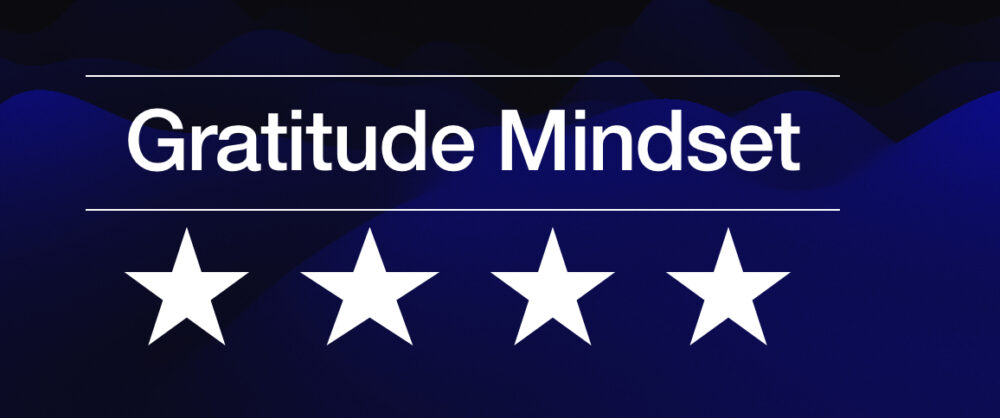
“Large amounts of money [or wealth] aren’t made by buying what everybody likes. They’re made by buying what everybody underestimates.” ~ Investment Books
If everyone likes a stock or company, it’s likely the asset has been mined too thoroughly, and has seen too much capital from investors flow in.
“Large sums of money or wealth are not made by investing in what everybody likes. They are made by investing in what everybody underestimates. This implies that if everyone is investing in a stock or company, it has probably already been thoroughly researched and too much capital has already been invested in it, leaving little room for any bargains to exist.
Furthermore, if everyone likes a stock or company, it is highly probable that its price is overvalued and inflated, which means it is at risk of falling if the crowd changes its collective mind and decides to sell.
Successful investors, therefore, tend to identify and purchase assets when their price is lower than their intrinsic value or when they are mis-priced and undervalued by the crowd or market. This means that superior investors often spend a lot of time being lonely since they buy assets that others do not recognize or appreciate.
In essence, superior investing involves two primary elements: identifying a quality or economic moat in a company or stock that other investors do not recognize, and having it turn out to be true (and accepted by the crowd and market).
It is essential to note that macroeconomics may influence a stock price in the short term, while microeconomics dominate in the long term. Therefore, investors should look for situations where macroeconomic factors depress prices.
Ultimately, if a company delivers consistently quarter after quarter, year after year, the price will eventually follow.”
nto it for any bargains to still exist.
If everyone likes the stock or company, there exist significant risks that the stock’s price has become too inflated and overvalued, and will fall if the crowd changes it collective mind and moves to the exit.
Superior investors know—and buy assets—when the price of a company’s stock is below its intrinsic value or is lower than it should be. And the price of an investment can be lower than it should be when the crowd does not recognize its merit.
Large amounts of wealth are not made by buying what everybody likes or following the proverbial crowd. Wealth is made by buying what everybody or the crowd underestimates or mis-prices.
In short, there are two primary elements in superior investing:
- Seeing some quality or economic moat in a company or stock that other investors don’t recognize or appreciate (and it’s not reflected in the stock’s price)
- Having it turn out to be true (and accepted by the crowd and market)
That is why it is said that successful investors spend a lot of time being lonely.
Source: https://x.com/investmentbook1/status/1759534213752102957
Macroeconomics determine a stock price in the short term. In the long term, microeconomics dominate.
If a company delivers quarter after quarter, year after year, eventually, the price will follow.
Look for situations where macro depresses prices.


 Napoleon Hill in his landmark book “Think and Grow Rich” provided a guide to personal development and wealth creation.
Napoleon Hill in his landmark book “Think and Grow Rich” provided a guide to personal development and wealth creation.